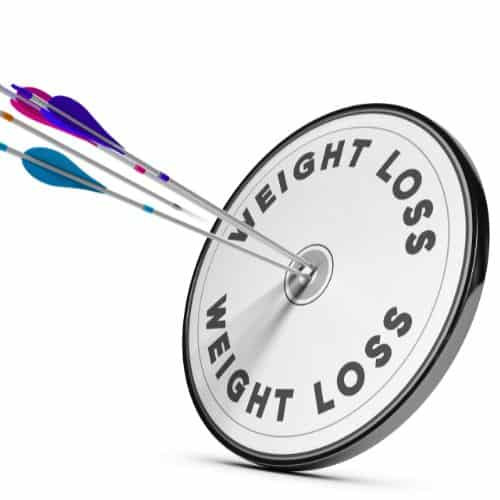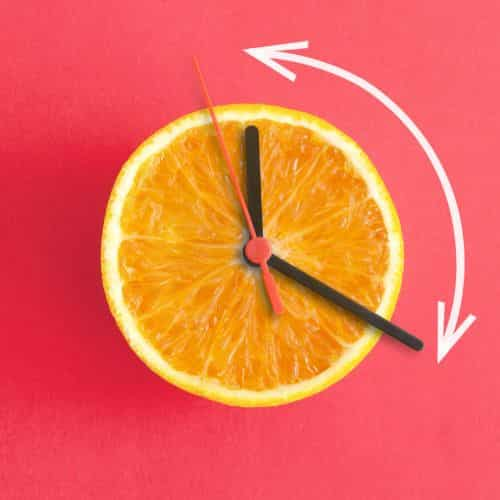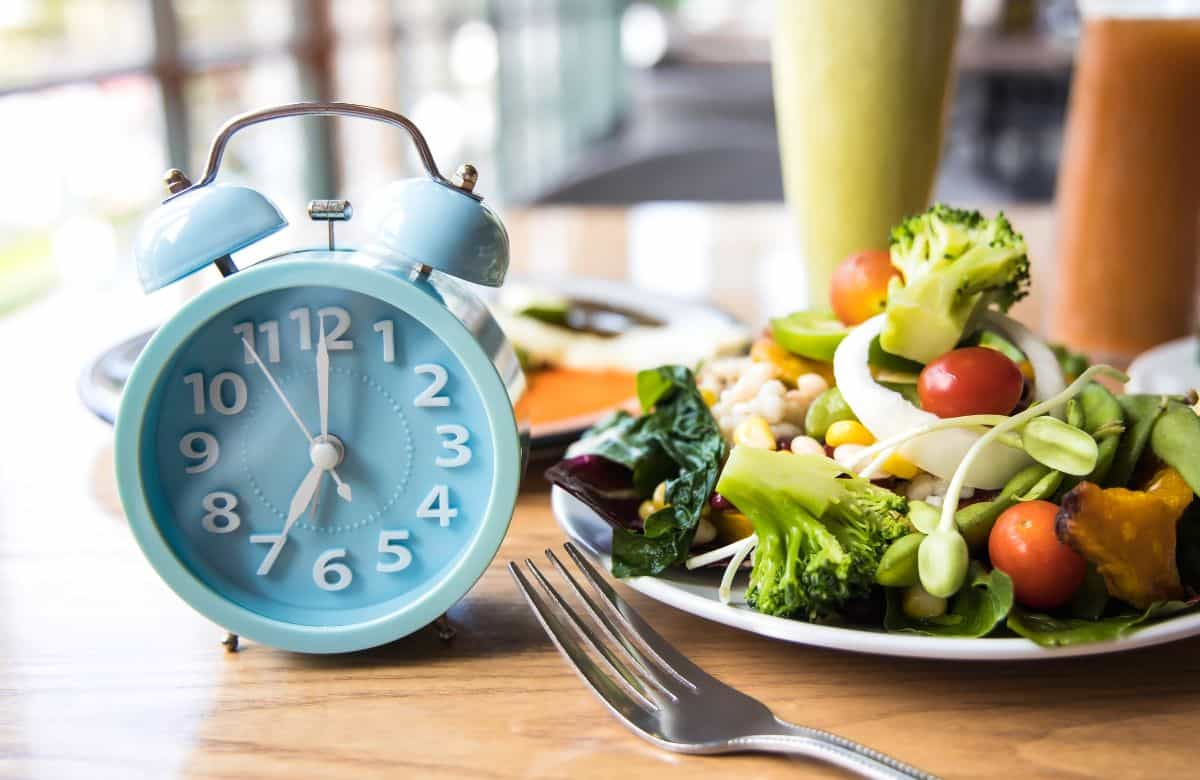Intermittent Fasting for Women Over 50: Complete Guide
Intermittent fasting (IF) is becoming an increasingly popular way to lose weight and improve overall health.
Table of Contents
ToggleIt’s no surprise why. The approach is simple, straightforward, and can be tailored to fit any lifestyle.
But if you’re over 50, you may wonder if intermittent fasting is safe for you. In this blog post, we’ll discuss everything you need to know about IF for women over 50!
What Is Intermittent Fasting?
With intermittent fasting, you can enjoy all of your favorite foods but within specific eating windows.
You can select the ideal eating routine for yourself and fast anywhere from 12 to 24 hours.
Intermittent fasting is a tool that focuses on when you eat, not what you eat. There are no restrictions on the food you eat within the eating period.
An example of this is the 16:8 pattern. This requires you to eat all of your food for the day within an 8-hour period and then fast for the following 16 hours.
So, if your first meal is at 10:00 am, you can eat anything you want until 6:00 pm.
IF and Weight Loss

While intermittent fasting is not about restriction, the calories you eat may be naturally reduced due to the limited number of hours in which you eat.
Intermittent fasting shows promise for the treatment of weight loss. A 2020 review of 27 studies found weight loss between 0.8% and 13% of the initial weight.
However, it is essential to have sensible meals and snacks throughout the hours you are able to eat.
Other Benefits of Intermittent Fasting for Women Over 50
By simply altering your eating window, intermittent fasting can help women over 50 in a few different ways.
Diabetes
A review of studies suggests that intermittent fasting can improve:
- Insulin sensitivity
- Fasting blood glucose
- Hemoglobin A1C
Warning!
If you have diabetes, it is essential that you contact your doctor before fasting. You will most likely need to modify your blood sugar-lowering medications to prevent dangerously low blood sugar levels.
Mental Health

Due to menopause, many women develop new anxiety, stress, and even depression.
There is a link between IF and improved mental health. Fasting has been found to have a positive effect on anxiety and depression.
Fasting can also work to improve self-esteem and reduce stress.
Types of Intermittent Fasting
There are several ways to approach intermittent fasting. The key is finding the approach that best fits your lifestyle to reap the most benefits of this tool.
Table
16:8 Plan
This is one of the most popular approaches to intermittent fasting and perhaps the safest.
In this eating pattern, you eat for 8 hours and fast for 16 each day. There are no specific times to fast and eat.
Most of the time, people choose to skip breakfast and start eating around noon, a natural lunchtime for Americans. Then, they eat their last meal at 8:00 pm.
You can choose the time that works best for you as long as you fast for 16 hours a day.
Getting Started on the 16:8 Plan
The simplicity of this plan makes it approachable and sustainable.
Without the limitations of a diet, you have the freedom to eat intuitively within your fasting window.

There is little-to-no preparation for the 16:8 plan. Simply select an eating window that best suits your schedule.
Remember, the first number, 16, is the number of hours you are fasting. The following number, 8, is the number of hours in which you eat.
If an 8-hour eating window does not seem attainable for you, gradually decreasing your eating window from your regular schedule is a more doable option.
For example, you could begin with a 12:12 regimen. This means you could eat between 7 am and 7 pm, then gradually reduce your eating window over time to attain the 16:8 ratio.
Tips to Avoid Hunger
The good news is that over time, this fasting schedule can actually make you feel less hungry.
Although there is no caloric restriction in the 16:8 method, you may experience increased hunger while adjusting to time-restricted eating.
This highlights the importance of choosing the correct foods when adapting to an intermittent fasting schedule. While there are no specific foods you must eat during 16:8, healthful choices will keep you feeling full for longer.
Some of our tips to boost satiety throughout the day include:
- Choose complex carbohydrates over simple carbohydrates to help avoid insulin spikes which increase hunger
- Choose nutrient-dense foods, especially for your last meal within your eating window. Think healthy fats, lean proteins, fibrous foods, and non-starchy vegetables.
- Stay hydrated throughout the day by drinking plenty of water
- Certain beverages such as black coffee, herbal teas, and unsweetened sparkling water can be consumed outside of your eating window and do not break a fast
- Enjoy a warm glass of non-caffeinated herbal tea after dinner to boost satiety and aid digestion
- Minimize or eliminate high-carbohydrate snack foods which will leave you feeling more hungry after indulging
The Dietitian’s Opinion
The 16:8 method is one of our favorite fasting tools. As this method does not focus on caloric restriction but rather time-restricted eating, we believe it may be the most sustainable way to approach fasting.
What’s more, studies have proven eating within an 8-hour window can improve health-related biomarkers, weight loss, and reduction of fat mass.
By simply altering your eating window, you can effectively work to improve your overall health.
Whole Day Fasting
There are different ways to approach whole-day fasting, but the common denominator is that you significantly restrict calories throughout the entire 24-hour period.
In this type of IF, the restriction is based on days, not hours.
The 5:2 Plan

The 5:2 approach refers to eating normally five days out of the week and fasting for two days.
In this approach, you will consume a total of 500-600 calories on fasting days.
Clearly, this approach imposes a greater restriction on your intake on fasting days and thus may not be sustainable for many women.
Although there is a caloric restriction in this method, it is important that your calories still come from nutrient-dense foods.
Although this approach is less studied, some research suggests improvements in fasting blood glucose and beneficial changes in appetite.
Tips to Succeed
This plan requires more planning than time-restricted eating.
- Since fasting days require about 500 calories, you’ll want to make sure you have nutrient-dense options available to you.
- Be sure to select your two fasting days according to your schedule for greater success.
- It’s recommended that you spread out your fasting days throughout the week to increase compliance. For example, Mondays and Thursdays can be your fasting days while the rest of the week you eat normally.
- It may be helpful to designate the same fasting days each week to give yourself a more structured routine.
- It’s important to eat a healthful and well-balanced diet throughout the week to avoid overcompensating on non-fasting days.
- If your intended goal is weight loss, be mindful of your food choices and note that you must be on a caloric deficit throughout the whole week.
Meal Ideas for Fasting Days
You’d be surprised how easy it is to eat 500 calories!
That is why it’s important to plan your meals from nutrient-dense, low-calorie sources.
- Lean meats and poultry
- Non-starchy vegetables
- Bone broth
- Greek yogurt
- Coffee, tea, water
- Hard-boiled eggs
- A small portion of whole grains
- Rice cakes
Meal ideas:
Meal ideas for 500-calorie days
4:3 Plan
This plan is similar to the 5:2 method, but instead of fasting for two days, you fast three days out of the week.
On fasting days, you will still be able to consume 500 calories per day.
Studies suggest 4:3 fasting can improve insulin resistance, reduce hot flashes, decrease inflammatory markers, and reduce weight/fat mass.
Low-Calorie Food Ideas for Fasting Days
- Lean meats and poultry
- Non-starchy vegetables
- Bone broth
- Non-fat Greek yogurt
- Coffee, tea, water
- Hard-boiled eggs
- A small portion of whole grains
- Rice cakes
Alternate-Day Method
In this fasting method, you switch between normal days of eating and fasting every other day. For example, if today were a normal day of eating, you would fast tomorrow and continue this alternating pattern.
On fasting days, you can eat up to 500 calories.
There are studies to prove the efficacy of alternate-day fasting. Findings suggest a reduction in inflammation, obesity, and markers of heart disease and diabetes. Pulmonary function also improves.
The Dietitian’s Opinion
From a dietitian’s perspective, whole-day fasting styles are less sustainable. Further, this method requires much more planning and discipline than time-restricted eating.
In order to attain weight loss, a caloric deficit is necessary, but not to the extent of only consuming 500 calories per day.
If you are looking for sustainable weight loss, whole-day plans may not be for you.
Side Effects
While intermittent fasting has many health benefits for menopausal women, there are also drawbacks.
Side effects of fasting are more likely in certain types of intermittent fasting. For example, fasting schedules with caloric restriction are more likely to bring the following:
- Prolonged hunger
- Fatigue or low energy
- Nausea
- Headaches
- Constipation, diarrhea, or bloating
- Irritability
Who Should Avoid Intermittent Fasting
Although intermittent fasting is a promising tool for menopausal women, it is not for everyone. Be sure to check with your doctor prior to beginning a fasting regimen, especially if the following apply to you.
- You have a history of eating disorders
- You have type 1 diabetes and take insulin
There is a concern that diabetics may reach unsafe levels of hypoglycemia during a fasted state.
The Bottom Line
Intermittent fasting is a promising way for women over 50 to lose weight and improve their health.
However, considering their needs, the 16:8 plan might be easier to follow than other plans.
Be sure to check with your doctor prior to beginning a fasting regimen.
“Intermittent fasting for women over 50” was written by soon-to-be Registered Dietitian Stephanie Maurici. Edited by Dr. Su-Nui Escobar, RDN.

Dr. Su-Nui Escobar, a Registered Dietitian/Nutritionist in Miami, FL, is dedicated to empowering women in perimenopause and menopause to live healthier, more satisfying lives.
With a doctorate in clinical nutrition from the University of North Florida, she has expertise in menopause and weight loss, including the unique challenges faced by those on weight loss medications.
Su-Nui’s passion for her field is evident in her previous role as the Academy of Nutrition and Dietetics spokesperson.


